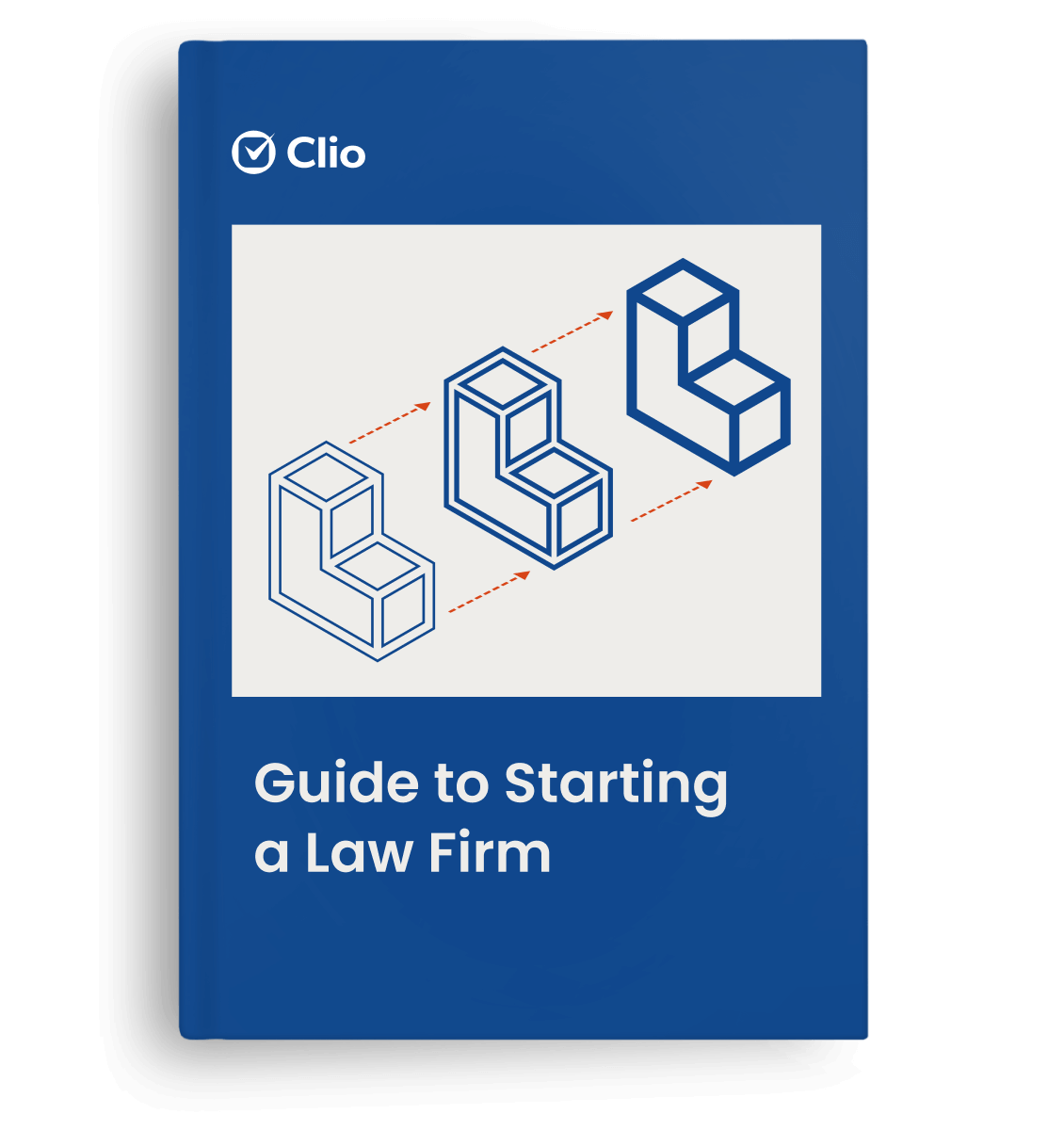When you’re dealing with a busy week, unexpected problems, or other distracting issues, it’s easy to forget the importance of a personal touch in interactions with clients. But for lawyers, staying engaged and attentive can make a big difference in securing new clients and positive reviews—so missing the mark can be bad for business.
Attorneys often fail to recognize the level of frustration and anxiety that clients experience during meetings. According to the 2018 Legal Trends Report, 40% of clients report feeling frustration, whereas attorneys would estimate that only 8% of the clients felt that way. Acknowledging that disparity, and developing a client-centric style of interaction, will help improve client satisfaction, which can also improve your firm’s brand and profitability.
Here are five ways to engage clients in a fashion that promotes good communication and customer satisfaction.
1: Don’t act like a lawyer after you’ve delivered bad news
When you have bad news, don’t let it drop without a second thought. Try this instead: When you’re faced with delivering the things that your clients don’t want to hear—and you know what kind of news will go down poorly—take a moment, tone down the stern demeanor, and engage with some empathy.
Often, clients are already anxious in your office. So sit back, listen, and give them a little room to process what they’ve heard. Delivering hard news is one of the most difficult parts of client interaction, but investing extra time and energy in mastering your approach will be worth it. No matter what happens with their case, when it comes to recommending you to others, your customers will remember the way that you presented the negative news and dealt with their reaction.
2: Don’t establish unreasonable client expectations
You’re dealing with any number of variables, and your clients are looking to you for expert advice. Be realistic, don’t quote hard numbers, don’t make predictions, and you’ll earn their trust.
Your presentation can influence how your client feels about the entire process and their perception of you as an advocate. The Legal Trends Report also found that over 40% of clients hire an attorney because they believed that having a lawyer would be beneficial to the outcome of the case, that the case was serious enough to require an attorney, or that they couldn’t handle the process on their own.
When you’re dealing with a customer who already believes in your knowledge and skills, it’s entirely appropriate to guide their expectations with the facts, not possibilities.
You may like these posts
3: Set a positive tone right from the start
Don’t overlook the power of first impressions. This doesn’t just mean a firm handshake and confident introduction—it’s also a good idea to let the lobby of your office do some of the heavy lifting in this area.
Setting the tone you’d like outside your personal office is actually easy to do: If you don’t usually arrive through your firm’s main lobby, take a detour and try to see it as a client would.
Remember, you’re trying to put yourself in the mindset of someone who is nervous, already feels that they are at a disadvantage, and—let’s face it—probably doesn’t want to be there. It’s not that difficult to ensure that your office staff monitors the waiting area, and makes sure that the plants are alive, that the magazines are current, and that the coffee is fresh.
Make sure that clients (and potential clients) are greeted warmly, offered something to drink, and that they are kept aware of when you’ll see them. If you’re out of ideas on how to improve the lobby, ask your receptionist—they’re the member of your team who deals with giving great first impressions on a daily basis.
4: Engage your clients with a scripted conversation
A script doesn’t have to sound canned or insincere. What you’re actually doing with a script is giving yourself a framework that allows you to always present the most vital information and not miss any important items.
If you feel like you’re reciting the same thing to every client, you’re doing it wrong. Give yourself a checklist that covers your introduction, a series of questions that will help guide both you and your client through the process of determining their goals, and lastly, asking for the sale, so to speak.
If it sounds like Marketing 101—it is. There’s a reason that the same fundamentals have worked throughout human history: You won’t get the sale if you don’t ask for it. Use a script to remind you of what you need to accomplish with every client introduction and the initial meeting.
5: Use cloud-based technology
A good legal software package can actually help you develop a more client-centered approach. A system like Clio’s cloud-based platform can help you avoid redundant requests for information, create reminders to check in personally with your customers, and even keep better records of your meetings.
When you’re dealing with a client who will be presenting many records themselves—such as someone in an auto accident case—a service that can generate reminders and checklists for all the types of documents needed can save hours of frustration and follow-up.
It’s also important to note that 75% of lawyers report working outside of office hours, according to the Legal Trends Report. With a good office system, you can automate tedious tasks and present a fresher and more engaged self in your meetings—which will help you to really focus on your clients.
Conclusion
A client-based focus is an approach that benefits both attorney and customers. When you can approach a new client on their own terms by communicating thoughtfully and putting their needs first, you have room for more empathy, better customer satisfaction, and more effective engagement from both sides of the table.
When we put ourselves in the position of the clients, and try to make their experience more pleasant with a positive introduction to our office and ourselves, acknowledge their reasons for visiting us, and assure them that we are taking care of them in the most efficient way possible, we can create better results for everyone involved.
Learn more about the benefits of a client-first approach to operating a law firm in our post, What Does it Mean to Run a Client-Centered Law Firm?
About Scott
Scott Distasio founded the Distasio Law Firm, a personal injury firm in Tampa, which focuses on all types of personal injury cases and holds the responsibility to provide clients with outstanding service in high regard. Follow @scottdistasio on Twitter to see what legal wisdom he shares next.
We published this blog post in November 2018. Last updated: .
Categorized in: Business








